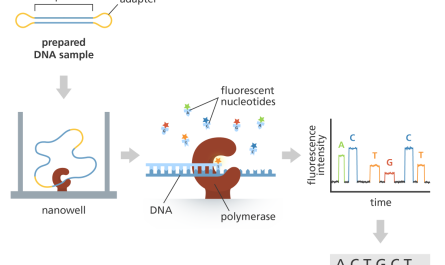Visual arts therapy is a therapeutic practice that utilizes art-making activities as a form of expression and communication. Through engaging various art mediums such as painting, drawing, sculpture and more, visual arts therapy aims to improve emotional, cognitive and physical well-being. In this article, we will explore the benefits of visual arts therapy and how it serves as a holistic healing approach.
What is Visual Arts Therapy?
Visual arts therapy, also known as art therapy, is a mental health profession that incorporates creative expression through visual art media as part of the treatment process. Board-certified art therapists use painting, drawing, sculpture and other art forms with individuals of all ages to improve emotional, cognitive, physical and social well-being. Similar to other creative arts therapies, visual arts therapy is based on the belief that the creative process involved in artistic self-expression helps people to resolve conflicts and problems, develop interpersonal skills, manage behaviors, reduce stress, increase self-esteem and self-awareness and achieve insight.
Therapeutic Uses of Visual Arts
Art Therapy is used for a wide variety of conditions and life issues including:
– Mental health issues: Conditions like depression, anxiety, trauma, addiction and more. Art therapy helps clients to express difficult emotions and gain perspective.
– Physical health issues: Used in rehabilitation programs for conditions like arthritis, cancer, strokes and chronic pain. It boosts mood, reduces stress and increases mobility.
– Neurological disorders: Diseases like dementia, Alzheimer’s and brain injuries. Art therapy exercises cognitive functions and provides stimulation.
– Developmental/learning disorders: Autism, Down syndrome and attentional issues. It enhances social skills, self-esteem and learning abilities.
– Life adjustments: Transitions, retirement, grief/loss or relationship issues. The creative outlet facilitates personal growth during change.
Essentially, any condition where non-verbal self-expression and stress reduction would be beneficial can be treated through visual arts therapy.
The Healing Power of Artistic Expression
So how exactly does creating art translate to improved well-being? There are several psychological and physiological mechanisms at play:
– Stress relief: The distraction from worries and repetitive motion involved in art-making lowers the stress hormone cortisol in the body.
– Release of emotions: Unexpressed emotions are correlated with poorer mental and physical health. Art allows one to symbolically release painful feelings onto the page.
– Self-awareness: Examining one’s artistic creations provides insight into internal thoughts, conflicts and self-image that may not otherwise be accessible.
– Mastery and control: Unlike in life where one cannot always control events, art grants control over the creative process and end product, boosting confidence and self-esteem.
– Communication: Non-verbal people and those grappling with trauma can communicate through images that words cannot. It facilitates connection.
– Cognition: Various artistic skills like problem-solving, memory, motor functions and perception are mentally stimulating.
In essence, the holistic benefits of visual arts therapy stem from its integration of both hemispheres of the brain through imagination and creation.
A Multidisciplinary Approach
While creating art is integral, visual arts therapy is not just about making pictures. Competent art therapists hold master’s degrees and are trained in counseling psychology, human development and family dynamics in addition to the creative arts. They use clinical assessment,Goal-setting and reflection during and after sessions to deepen the experience for clients. Therapists also consider cultural and contextual factors in a person’s life.
Visual arts therapy is commonly practiced as an adjunct to other treatments like medications, talk therapy, support groups and lifestyle changes. An integrated approach leveraging the power of both verbal and non-verbal expression tends to yield the best results overall. Art also serves as a symbolic bridge to help transfer emotional insights gained in therapy to greater life changes.
Overall, visual arts therapy is a powerful whole-person treatment method that can benefit anyone regardless of artistic talent or previous art experience. Through cultivating creativity, self-awareness, stress relief and non-verbal communication, art engages both the mind and body to facilitate healing on neurological, psychological and social levels. When practiced skillfully under the guidance of a trained professional, visual arts therapy offers an impactful and holistic path to optimal well-being.




